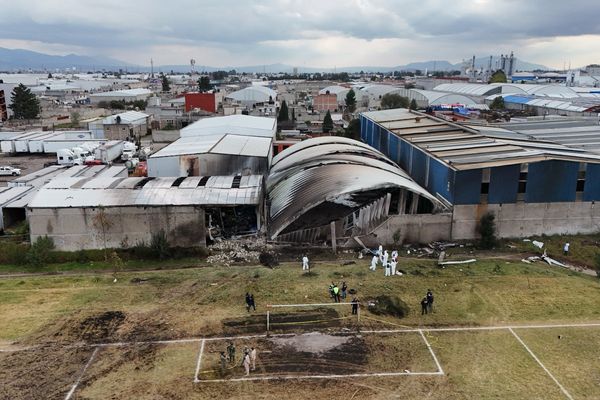
Spoiler Warning: This article contains major spoilers for the film A House of Dynamite. It details key plot points regarding the film's central nuclear attack, the missile defence response, and the presidential decisions involved, which may affect your viewing.
Kathryn Bigalow's terrifying new thriller, A House of Dynamite, is already being praised for what it gets chillingly right. Experts who study nuclear command systems say the film's sets, like the White House Situation Room, are 'scarily authentic.' Rose Gottemoeller, a former NATO Deputy Secretary General, called the depiction 'absolutely pitch perfect.'
The film meticulously recreates the doomsday apparatus. We see the deep underground command site at US Strategic Command, the secret conference calls, and even the infamous 'football.'
That 'football,' an aide's brown satchel carrying the 'Presidential Decision Handbook,' looked like 'a reasonable-looking facsimile.' But for the small group of experts who live and breathe nuclear policy, this veneer of authenticity is exactly what makes the film's major flaws so concerning.

How 'A House of Dynamite' Fails The Realism Test
The film opens with the ultimate Hollywood trope: the 'bolt from the blue' attack. On a relatively normal day, a single, unidentified nuclear warhead appears on screens, hurtling toward the central US. This kicks off a frantic countdown to impact.
While incredibly tense, experts say this scenario is pure fiction.
Matthew Bunn, a nuclear policy expert at the Harvard Kennedy School, notes that a real nuclear war would likely escalate from a conventional conflict or a period of intense geopolitical tension.
'No one in their right mind is going to fire ONE missile at a major U.S. city out of a clear blue sky,' Bunn stated. Furthermore, a genuine surprise attack would almost certainly involve a massive salvo of multiple warheads, not a single missile, designed to blunt a counterattack.

The Flawed Missile Defence In A House of Dynamite
The film's errors continue as the US military scrambles to respond. A House of Dynamite shows the Ground-based Midcourse Defense system at Fort Greely, Alaska, firing two interceptors at the incoming threat. The first fails, and the second misses.
While interceptor failures are realistic (a single interceptor has just over a 50/50 chance of hitting), the film's scenario is flawed. Jeffrey Lewis, a security scholar at Middlebury College, said current military doctrine likely calls for launching at least four interceptors, not two, to considerably increase the odds.
The system might work against one missile, Lewis notes, but 'the real problem is not when you're defending against one or two, it's when you're trying to defend against a hundred or a thousand.'

The Presidential Choice A House of Dynamite Gets Dangerously Wrong
The film's most significant departure from reality occurs in the command centre. As the clock ticks down, the president (played by Idris Elba) faces an impossible choice. His aide recommends a massive counterstrike, grimly described as the 'well done' option.
This is where experts say the film misses the fundamental point of US nuclear doctrine.

Jeffrey Lewis argues the president would probably be advised to 'ride out the attack.' US nuclear strategy emphasises a 'second strike' capability, meaning the nation can absorb a hit and then retaliate. This is doubly true in the film's scenario, as the US is unsure who fired the missile. 'It made no sense to me,' Lewis said.
In reality, the president would wait. If a weapon did detonate over Chicago, the intelligence community would use the nuclear fallout to 'attribute the [nuclear] material to a particular country.' Only then would a 'considered decision' about a response be made.
Despite these disagreements, the experts who spoke to NPR were unanimous on one thing: the timing of A House of Dynamite could not be better.

While very few Americans think about nuclear war, global arsenals are growing. China, Russia, and the United States are all expanding and upgrading their weapons. The last remaining arms control treaty between the US and Russia is set to expire early next year.
The film forces audiences to ask, as Daryl Kimball of the Arms Control Association put it: 'what can we do now, what must change, to avoid the many different scenarios that could lead us down the road to a nuclear war?'







